Switching from international rowing to triathlon
This year’s Trigirl ambassador Natasha made a name for herself in international rowing before she switched to triathlon in 2022.
Natasha won two gold medals in the World University Games in Shanghai. She spent time in the GB rowing development squad at Leander Club where she won prestigious events including Henley Women’s Regatta and Henley Royal Regatta.
Read here how her switch from rowing to triathlon went and what she has learned.

“After 11 great (and often, tough) years of rowing, I decided that I wasn’t enjoying it anymore and that I had achieved as much as I could. Triathlon had always appealed, having watched it on TV and having enjoyed all 3 of the disciplines (even though I hadn’t swum in years).
My greatest strengths are my mental toughness and my endurance but I realised that I would need to re-train my muscles for triathlon. For me, even with a new sport, the desire to win is very strong so I have to take it seriously. So, switching from rowing to triathlon – where do I begin?”
Making the switch
It is quite daunting starting a new sport from scratch and on your own. In rowing, you are always part of a team or a club. You always have a physical coach for the team. That’s different with triathlon. You may find you have no triathlon club in your vicinity but you can still take up the sport. You can sign up to online coaching. You will find lots of training advice online. You can get by without a triathlon club. However, if you have one in your area, we do recommend to find out what they offer their members. (click here for British Triathlon club search).
Rowing versus triathlon
Rowing is hard physically, in fact a total body workout, using most muscles in your body. Training involves time on the water or indoor rowing machines, backed by strength and conditioning.
“I found training for three different disciplines a challenge. Having decided swimming was my greatest weakness, I started by working very hard at it and paid for a couple of lessons to teach me correct technique, and how not to waste energy, which is so important in a triathlon.”
My first triathlon
“I did my first standard distance triathlon at Eton Dorney Lake in Summer 2022 around two weeks after I stopped rowing. My greatest fears were crashing on my bike, as there were so many people. I was also worried about getting a stitch running.
It was an incredibly hot day. The start line for the swim was 50 meters off-shore. As a comparatively new swimmer I found this exhausting so I tried not to think about the rest of the swim.
My transition was good. I remembered to put my helmet on first, grabbed my snacks and put on my trainers (I hadn’t yet learnt to cycle in cleats). I really enjoyed the cycling and, fortunately encountered no crashes, as everyone was spread out.
When I first got off the bike, I couldn’t feel my legs. They were so wobbly but I somehow made it to the transition area to rack my bike and put a cap on. I started running quite slowly. As my legs regained feeling, I managed to overtake people and sprinted the last 200m to overtake the girl ahead of me. I finished in 2nd place!”
Lessons learnt
“I learnt a lot from my first race. Triathlon is a long event, unlike a rowing race that can be over in 6-8 minutes. You have time to push yourself, yet you can conserve your energy at different points in the race.
“While my swimming had greatly improved, it still needs more work. I found that drinking water rather than squash worked well for me. Also, pouring water over my head to keep cool helped me to cope with the heat.
For a standard distance distance triathlon, I would recommend to eat a little in T1 or early on the bike. There is no need to eat later in the race.
All in all I loved the race! I loved pushing myself. I love the excitement of finding out what I will be able to do in triathlon, my new sport.”
Look out for our next blog soon to read how Natasha is getting on in her second triathlon season. Will she love her second season as much as her first stab? Can she replicate the success of her very first race?
If you have advice or questions for Natasha, please get in touch. We would love to hear from you.
A bit more about Natasha’s background
Natasha has always been keen on sport – gymnastics and running early on, leading to county cross-country in later years. Predictably as she lives in Henley-on-Thames, rowing came into her life at 15 at Upper Thames Rowing Club. She then had a successful rowing career at Newcastle University, winning multiple events including the Met Regatta and the British University Championships (BUCS).
by Natasha Harris-White
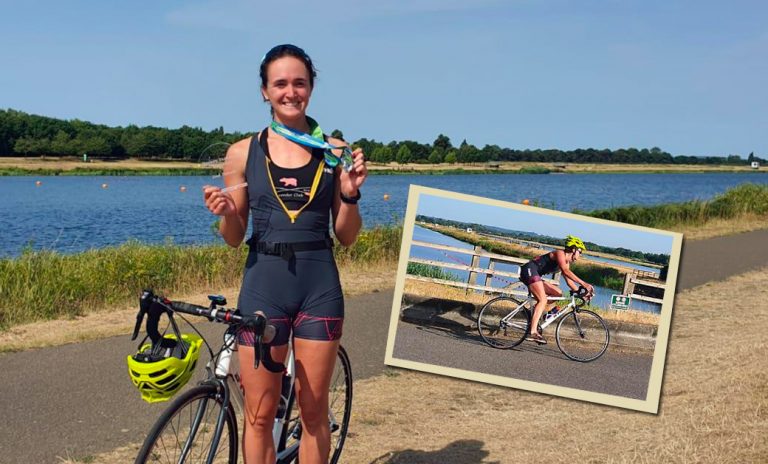
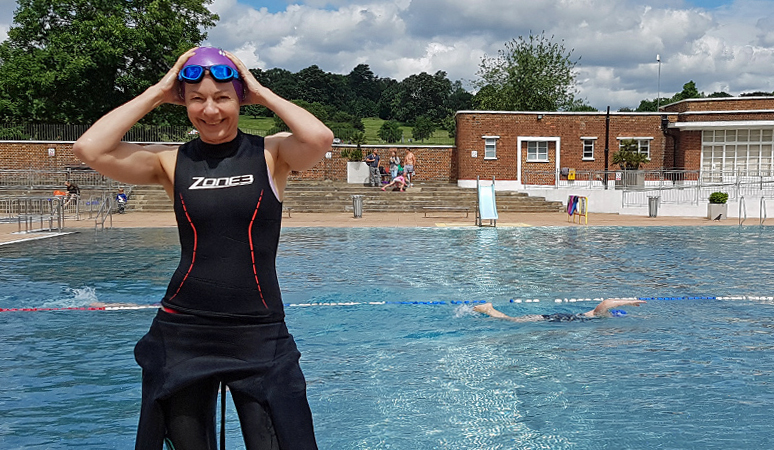
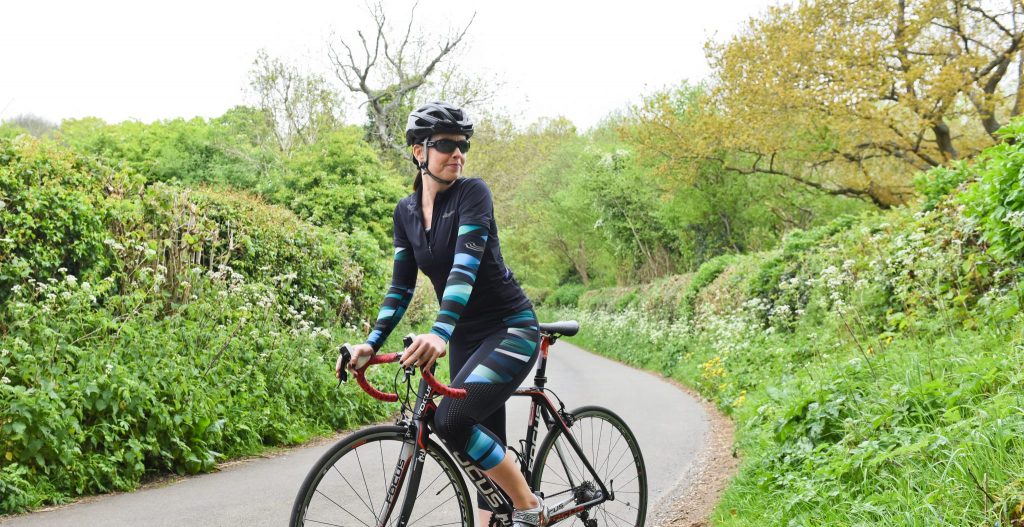
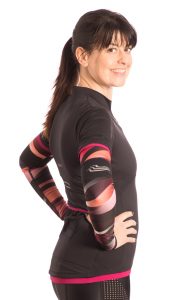 Whoever came up with the idea for arm warmers must have lived in a topsy-turvy climate like the UK and was a genius! They are such a versatile bit of cycle kit.
Whoever came up with the idea for arm warmers must have lived in a topsy-turvy climate like the UK and was a genius! They are such a versatile bit of cycle kit.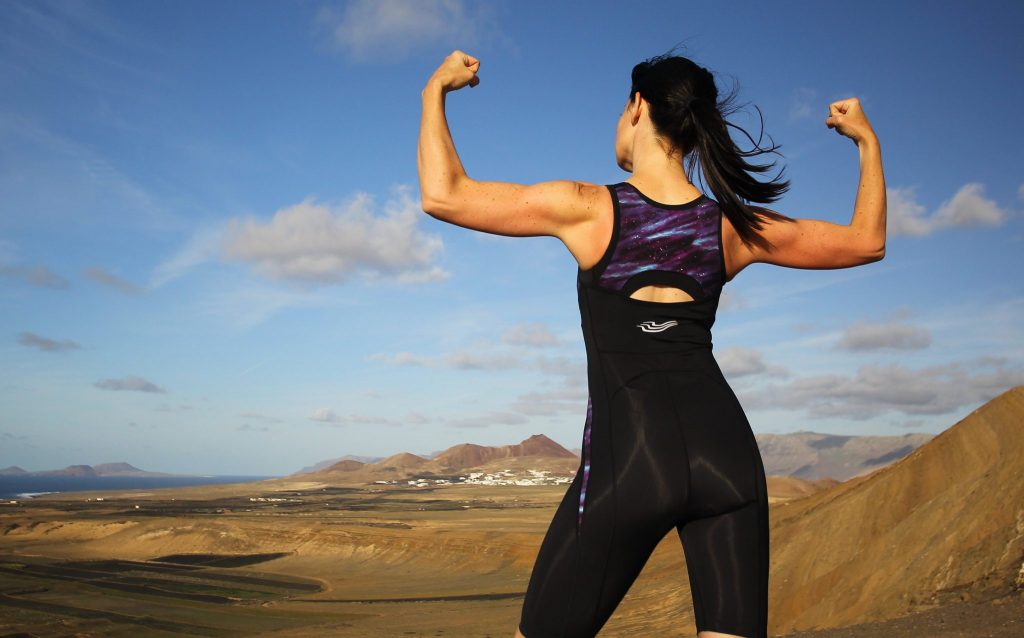
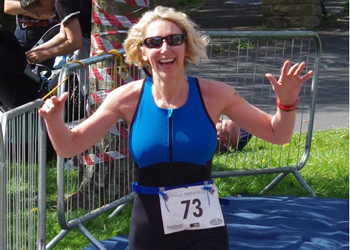 I’d been pretty chilled as I counted down to the big day. I was enjoying the training for the most part and loving being bigged-up by friends and family who were really proud of what I was hoping to do.
I’d been pretty chilled as I counted down to the big day. I was enjoying the training for the most part and loving being bigged-up by friends and family who were really proud of what I was hoping to do.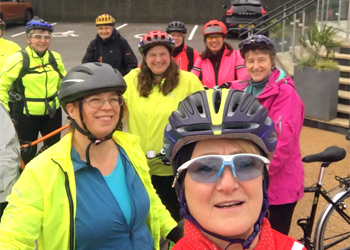 Learning how to fix a puncture and give my chain a bath weren’t the only useful things I learned on my bike maintenance course. Chatting to one of the other ladies there, she told me she was about to become a Breeze Champion.
Learning how to fix a puncture and give my chain a bath weren’t the only useful things I learned on my bike maintenance course. Chatting to one of the other ladies there, she told me she was about to become a Breeze Champion.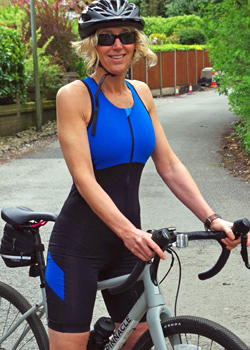 Kay reviews Trigirl’s latest one-piece trisuit
Kay reviews Trigirl’s latest one-piece trisuit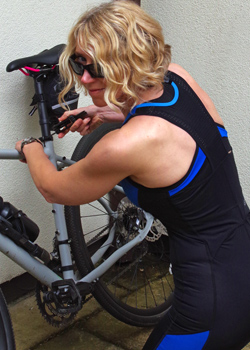 Some useful basics for the novice
Some useful basics for the novice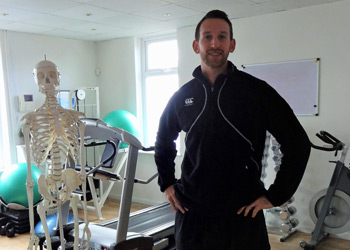 On the back of recurring joint problems, I’ve had the last couple of years off running. Consequently, I decided to enlist the help of my physio to get me back in shape for the run leg of the tri. The aim was to sharpen my performance while at the same time avoiding any further problems.
On the back of recurring joint problems, I’ve had the last couple of years off running. Consequently, I decided to enlist the help of my physio to get me back in shape for the run leg of the tri. The aim was to sharpen my performance while at the same time avoiding any further problems.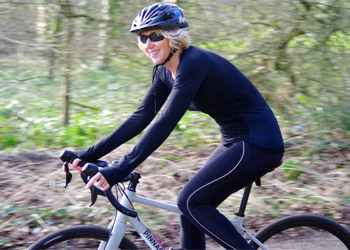 A few weeks in, however, with the first signs of spring on the way and the clock now counting down towards the race, it was time to dust off my bike and head outside.
A few weeks in, however, with the first signs of spring on the way and the clock now counting down towards the race, it was time to dust off my bike and head outside.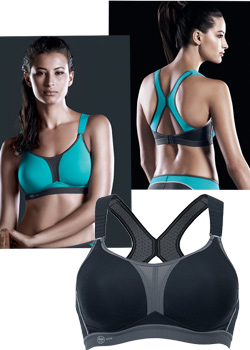
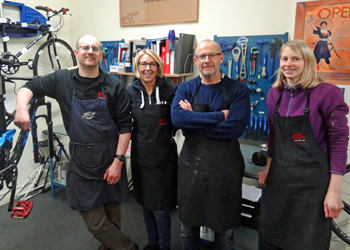 With many hours training on the bike ahead of me, not to mention race day itself, I thought a bike maintenance class made sense. Skilling myself up would, I hope, put an end to my “fingers crossed” days of cycling not to mention improve my performance and ultimately keep me safer.
With many hours training on the bike ahead of me, not to mention race day itself, I thought a bike maintenance class made sense. Skilling myself up would, I hope, put an end to my “fingers crossed” days of cycling not to mention improve my performance and ultimately keep me safer.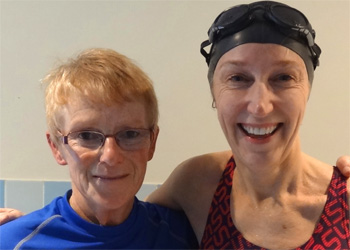 The internet has been a great source of information during the early stages of my triathlon journey. I was beginning to think, however, that my swim technique would plateau if YouTube continued to be my only source of advice.
The internet has been a great source of information during the early stages of my triathlon journey. I was beginning to think, however, that my swim technique would plateau if YouTube continued to be my only source of advice.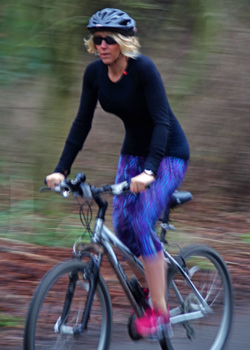 The sprint tri I’ve entered is in May so I’ve 4 months to train and prepare for the big day. I found plenty of great information on the
The sprint tri I’ve entered is in May so I’ve 4 months to train and prepare for the big day. I found plenty of great information on the 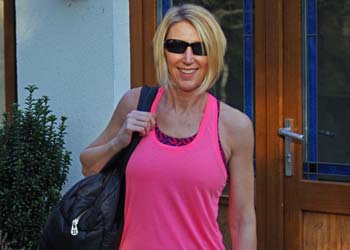 I’m not sure when/ why I fell out of love with it. It’s true to say that swimming is the last form of exercise I’d choose now. In moments of madness when I have tried it again as an adult, I’ve found myself exhausted and embarrassed in equal measure.
I’m not sure when/ why I fell out of love with it. It’s true to say that swimming is the last form of exercise I’d choose now. In moments of madness when I have tried it again as an adult, I’ve found myself exhausted and embarrassed in equal measure.